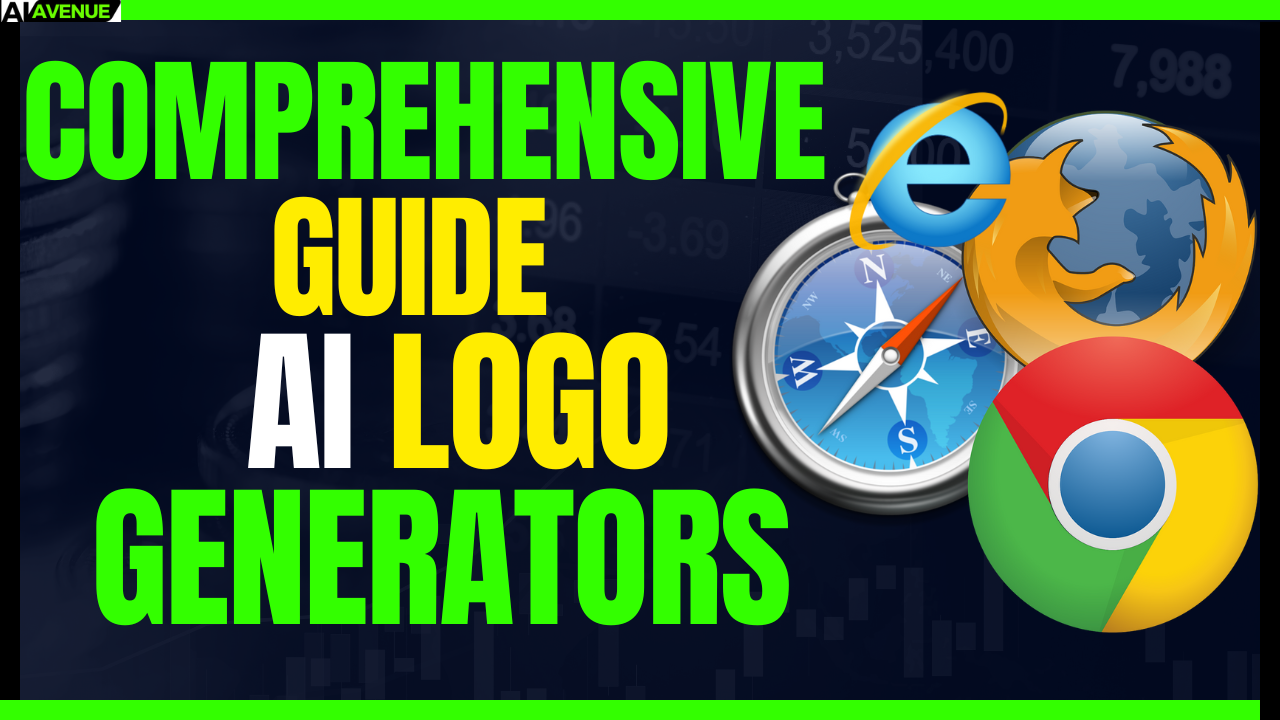Introduction
Generative AI is rapidly transforming the creative landscape, offering new possibilities in art, music, and design. As we venture into 2024, the advancements in generative AI are not just enhancing creativity but also challenging the boundaries of what machines can achieve. This article explores these latest advancements, their impact on the creative industries, and the potential future of AI-driven creativity.
The Evolution of Generative AI in 2024

Understanding Generative AI: A Brief Overview
Generative AI refers to artificial intelligence that can create new content based on learned patterns from existing data. This technology has advanced significantly, enabling the creation of highly realistic and innovative outputs. These advancements have made generative AI more accessible and practical for creatives across various industries.
Key Advancements in Generative AI Technology
The introduction of more sophisticated models like GPT-4 has significantly enhanced the capabilities of generative AI. These models offer improved accuracy, creativity, and user-friendliness, making them indispensable tools in creative fields. Additionally, AI-powered platforms are becoming more intuitive, allowing artists and designers to harness AI’s power with minimal technical knowledge.
Impact of Generative AI on Art, Music, and Design
Generative AI in Art: A New Era of Creativity
Generative AI is revolutionizing the art world by enabling the creation of unique pieces that blend human creativity with machine precision. Artists are using AI to generate new styles and compositions, leading to a surge in AI-generated art exhibitions and online platforms. This fusion of human and machine creativity is pushing the boundaries of what art can be.
Revolutionizing Music Composition with AI
In the music industry, AI is changing the way compositions are created. Tools like OpenAI’s MuseNet allow musicians to experiment with different genres and styles, generating new melodies and harmonies that might not have been conceived by humans alone. This collaboration between AI and musicians is expanding the possibilities of musical expression.
Transforming Design with AI-Driven Tools
Designers are increasingly relying on AI to automate repetitive tasks and generate innovative design concepts. AI-driven tools, such as those offered by Adobe, help designers focus on the creative aspects of their work by handling technical details. This shift allows for more rapid iteration and experimentation in the design process.
The Role of AI-Powered Chatbots and AI in Education
Enhancing Creative Collaboration with AI-Powered Chatbots
AI-powered chatbots are becoming essential tools for creative collaboration. These bots assist in brainstorming sessions, manage project timelines, and provide inspiration by suggesting new ideas. By integrating AI-powered chatbots into their workflows, creative teams can streamline communication and foster innovation.
AI in Education: Preparing the Next Generation of Creatives
Educational institutions are recognizing the importance of AI in shaping future creatives. AI is being integrated into curricula, offering students personalized learning experiences and hands-on experience with AI tools. This prepares the next generation of artists, musicians, and designers to excel in an AI-enhanced creative environment.
Ethical Considerations and the Future of Generative AI
Addressing Ethical Concerns in AI-Generated Content
As generative AI becomes more prevalent, ethical considerations surrounding authorship, intellectual property, and the potential misuse of AI-generated content are gaining attention. It’s crucial to develop guidelines and frameworks to ensure responsible use of AI in creative industries, balancing innovation with ethical integrity.
The Future of Generative AI in Creative Industries
Looking ahead, generative AI is poised to play an even more significant role in the creative industries. As AI technology continues to evolve, it will offer new tools and methods for creative expression. However, the challenge will be in finding the right balance between human creativity and AI-driven innovation, ensuring that AI enhances rather than replaces human artistry.
Conclusion
The Ongoing Evolution of Creativity with AI
Generative AI is not just a tool but a collaborator in the creative process. Its role in the creative industries will continue to grow, offering new possibilities for artists, musicians, and designers. The future of creativity lies in the synergy between human imagination and AI’s capabilities.
Embracing AI in the Creative Journey
For those in creative fields, embracing AI is about enhancing, not replacing, human creativity. By leveraging AI’s potential, creatives can push the boundaries of their work, exploring new frontiers in art, music, and design.

